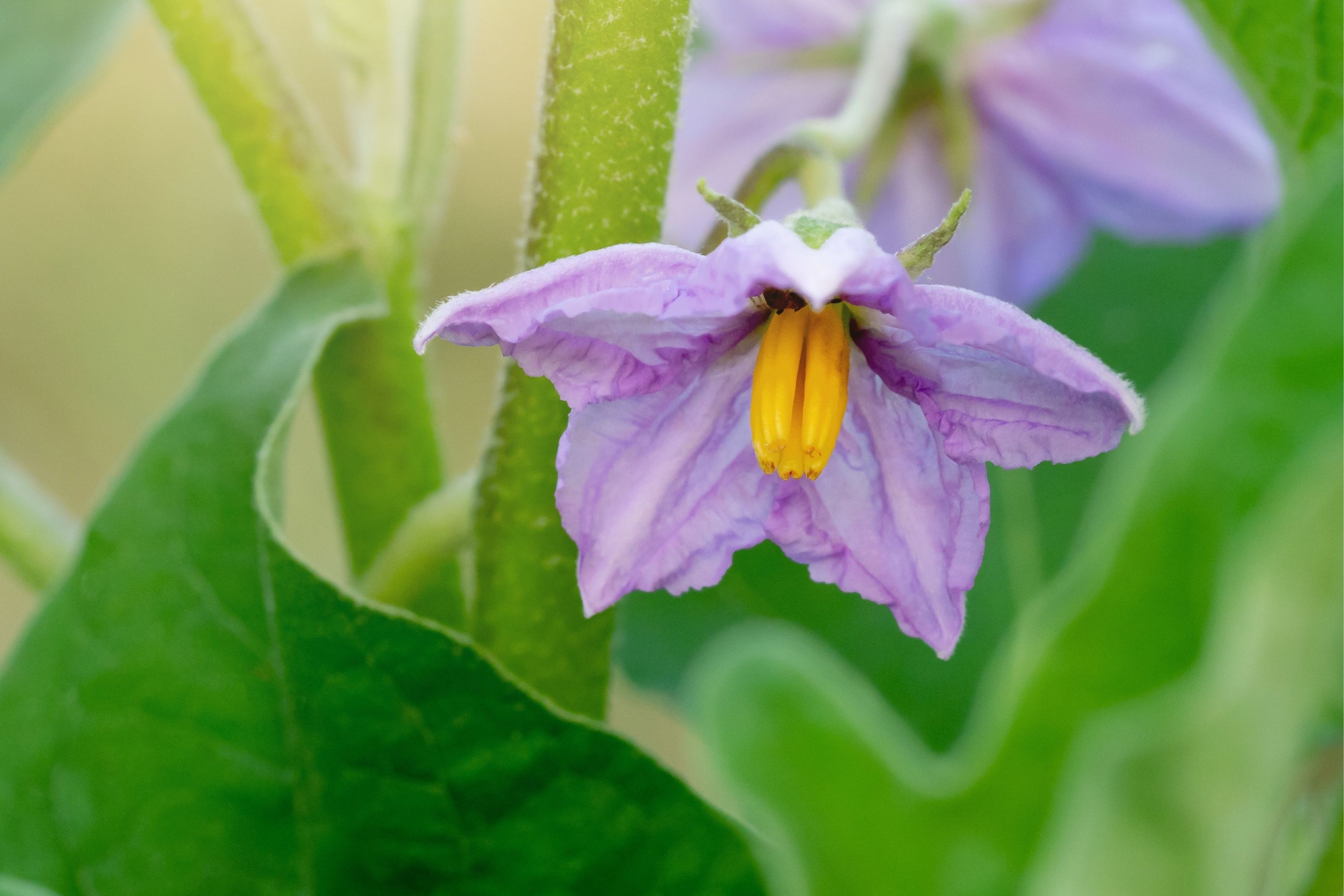Forest bitterberry
(Solanum anguivi)

Description
Solanum anguivi is a plant indigenous to non-arid parts of Africa, and is commonly known as forest bitterberry or African eggplant, although the latter term is most commonly associated with Solanum aethiopicum. It is a traditional ethnomedicine in India. Solanum is a large and diverse genus of flowering plants, which include three food crops of high economic importance: the potato, the tomato and the eggplant (aubergine, brinjal). It also contains the nightshades and horse nettles, as well as numerous plants cultivated for their ornamental flowers and fruit. Solanum species show a wide range of growing habits, such as annuals and perennials, vines, subshrubs, shrubs, and small trees. Many formerly independent genera like Lycopersicon (the tomatoes) and Cyphomandra are now included in Solanum as subgenera or sections. Thus, the genus today contains roughly 1,500–2,000 species. The generic name was first used by Pliny the Elder (AD 23–79) for a plant also known as strychnos, most likely S. nigrum. Its derivation is uncertain, possibly stemming from the Latin word sol, meaning "sun", referring to its status as a plant of the sun. The species most commonly called nightshade in North America and Britain is Solanum dulcamara, also called bittersweet or woody nightshade. Its foliage and egg-shaped red berries are poisonous, the active principle being solanine, which can cause convulsions and death if taken in large doses. The black nightshade (S. nigrum) is also generally considered poisonous, but its fully ripened fruit and foliage are cooked and eaten in some areas. The deadly nightshade (Atropa belladonna) is not in the genus Solanum, but is a member of the family Solanaceae. The genus was established by Carl Linnaeus in 1753. Its subdivision has always been problematic, but slowly some sort of consensus is being achieved. The following list is a provisional lineup of the genus' traditional subdivisions, together with some notable species. Many of the subgenera and sections might not be valid; they are used here provisionally as the phylogeny of this genus is not fully resolved yet and many species have not been reevaluated. Cladistic analyses of DNA sequence data suggest that the present subdivisions and rankings are largely invalid. Far more subgenera would seem to warrant recognition, with Leptostemonum being the only one that can at present be clearly subdivided into sections.
Taxonomic tree:







